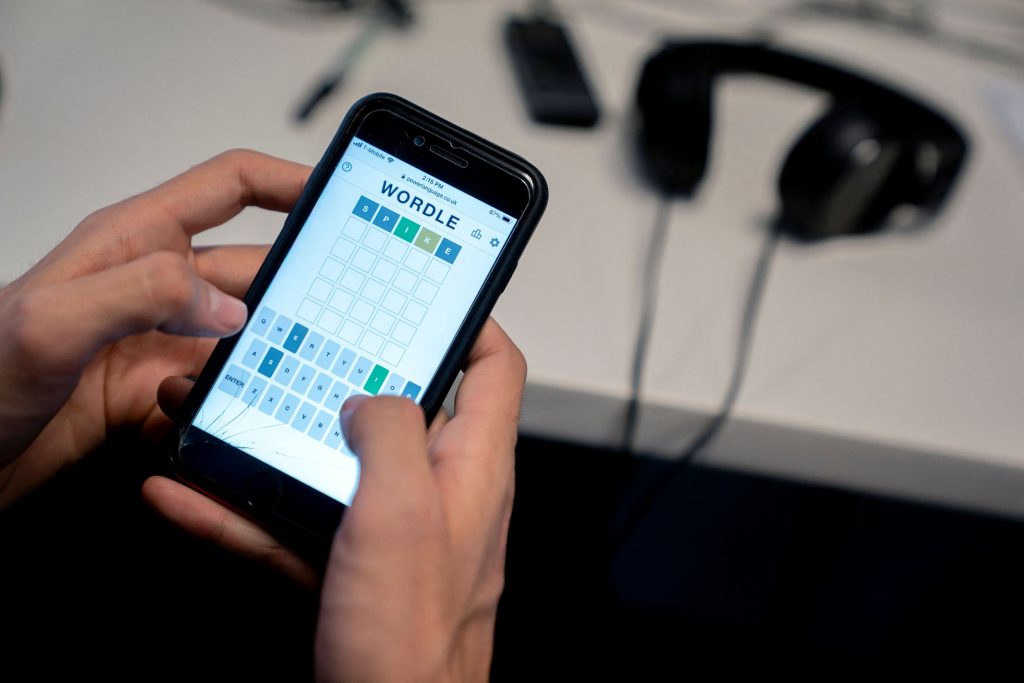Wordle, the ubiquitous word puzzle game, continues to captivate players worldwide with its elegantly simple premise: guess a five-letter word within six tries. The game’s accessibility, coupled with the daily challenge and sense of community it fosters, has propelled it to unprecedented popularity. Even Josh Wardle, the game’s creator, admits to struggling with the puzzle occasionally, highlighting the inherent challenge that keeps players coming back for more. Wordle’s journey from a personal project shared with Wardle’s partner to a global phenomenon owned by The New York Times is a testament to the power of a well-designed and engaging game. This article explores the game’s origins, its rapid rise to fame, and provides hints and ultimately, the solution for the Wordle puzzle #1295, published on Saturday, January 4th.
The genesis of Wordle lies in Wardle’s desire to create a game he and his partner could enjoy together. He developed the initial concept years prior but refined and perfected it during the COVID-19 lockdowns, eventually releasing it to the public in October 2021. The game’s uptake was initially slow, but its popularity exploded in late 2021 and early 2022, soaring from a mere 90 players in November to a staggering 300,000 just two months later. This meteoric rise caught the attention of The New York Times, who subsequently acquired Wordle for a seven-figure sum, integrating it into their suite of online games, where it quickly became their most popular offering.
Wordle’s success can be attributed to several factors, chief among them its simplicity and accessibility. The rules are straightforward: players have six attempts to guess a five-letter word. After each guess, the game provides feedback through a color-coded system. Green indicates a correct letter in the correct position, yellow signifies a correct letter in the wrong position, and gray indicates a letter that is not present in the word. This intuitive feedback mechanism allows players to strategically eliminate incorrect letters and refine their guesses, creating a satisfying blend of luck and deduction. The daily nature of the puzzle, with a new word released every 24 hours, fosters a sense of shared experience and friendly competition among players.
The article then dives into providing assistance for the Wordle #1295 puzzle, offering a series of clues designed to guide players towards the solution without revealing the answer outright. The hints progressively narrow down the possibilities, starting with general observations about vowel count and letter repetition before moving towards more specific clues, such as the starting letter and a connection to a popular song. This structured approach allows players to engage with the clues at their own pace, leveraging as much or as little assistance as they need to arrive at the solution. The hints are carefully crafted to provide just enough information to nudge players in the right direction without spoiling the challenge entirely.
Hint #1 reveals that the word contains two different vowels, immediately reducing the vast pool of potential five-letter words. Hint #2 further narrows the field by specifying that there are no repeated letters, eliminating words with double letters. Hint #3 clarifies that the word is a verb, focusing the search on action words. Hint #4 provides a significant clue by revealing the starting letter “R,” drastically limiting the remaining possibilities. Finally, Hint #5 offers a pop culture reference, connecting the word to a song by Frankie Goes to Hollywood, a clue that may resonate with players familiar with 80s music.
Following the sequence of clues, the article reveals the answer to Wordle #1295: “Relax.” This word, fittingly, evokes a sense of calm and tranquility, perhaps a welcome respite amidst the daily challenges and stresses of life. The article also provides definitions of the word, both as a transitive and intransitive verb, further enriching the player’s understanding. Finally, it concludes with an encouraging message for those who may not have successfully guessed the word, reminding them that a new puzzle awaits the next day, along with a fresh set of hints and tips. It also suggests exploring other word games, such as Connections, another offering from The New York Times, for which the publication also provides daily assistance. This continuous cycle of challenge and engagement lies at the heart of Wordle’s enduring appeal, fostering a dedicated community of players who return day after day to test their word-solving skills.










